Die heutigen Chips entspringen der Nanotechnologie und sind mikroskopisch klein – ca. 15 – 40 Mikrometer groß, sind die unten gezeigten Hitchi Chips – sie sind nicht die kleinsten der Welt – es sind nur jene, welcher der Öffentlichkeit gezeigt werden! Wir müssen immer davon ausgehen, dass die Technik, welche uns gezeigt wird, bereits 25-50 Jahre alt ist!
~
Totalüberwachungstechnologie ist der R.F.Í.D. Chip = Radio Frequency Identification (http://de.wikipedia.org/wiki/Radio_Frequency_Identification )
~
RFID-Chip = totale Versklavung – totale Kontrolle – -Video-Deutsch
new world order is here! NAU
Vergessen Sie beim Ansehen dieser Videos nicht, dass die Chips inzwischen mit Nanotechnologie hergestellt werden und mikroskopisch klein sind!
…warum dieser Film in diesem Thema? – Fischzucht/jeder Fisch ist gechipt! Wenn jeder Fisch gechipt ist – Millionen werden gezüchtet – dann kann noch mehr gechipt sein – als uns lieb ist – nicht wahr – also auch die Menschheit!!!
In – Abenteuer Wissen
Essen mit Gewissen
im ZDF – bitte Video suchen!
Die Fische werden mit Herkunft und allen Ereignissen – Nahrung – Genetik – etc. mittels Chip erfasst!
http://www.zdf.de/ZDFmediathek/content/706150?inPopup=true – nicht mehr online
DER CHIP SITZT IN DER SPRITZEN-SPITZE – mittels Impfung erfolgt Durchchippung!!!
http://welt-blog.ch/2009/08/chip-sitzt-in-der-spritzen-spitze/
—————————————————————————————————————————————-
INFO zum verwendeten RFID-Chip von Fa. HITACHI
Hitachi Develops a New RFID with Embedded Antenna µ-Chip
–Makes Possible Wireless Links that Work Using Nothing More Than a 0.4mm X 0.4mm Chip, One of the World’s Smallest ICs–

Tokyo, September 2, 2003-Hitachi, Ltd. (TSE: 6501) today announced that it has developed a new version of its RFID µ-Chip embedding an antenna. When using Hitachi’s original µ-Chip, one of the world’s smallest RFID ICs measuring only 0.4mm X 0.4mm, an external antenna must be attached to the chip to allow external devices to read the 128-bit ID number stored in its ROM (Read-Only-Memory). This newly developed version, however, features an internal antenna, enabling chips to employ the energy of incoming electrical waves to wirelessly transmit its ID number to a reader. The 0.4mm X 0.4mm chip can thus operate entirely on its own, making it possible to use µ-Chip as RFID IC tags without the need to attach external devices. This breakthrough opens the door to using µ-Chips as RFID IC tags in extremely minute and precise applications that had been impractical until now. For example, the new µ-Chip can be easily embedded in bank notes, gift certificates, documents and whole paper media etc.
The µ-Chip, announced by Hitachi in July 2001, is one of the world’s smallest IC chips at 0.4mm X 0.4mm. The chip data is recorded in read-only memory during the semiconductor production process, and therefore cannot be rewritten, thus guaranteeing its authenticity. Applications of the µ-Chip include a system for managing the SCM materials on sites, and entrance tickets for Expo 2005 Aichi Japan which opens on March 25, 2005.
The primary features of this revolutionary µ-Chip are as follows.
| (1) A RFID IC chip measuring only 0.4mm X 0.4mm with built-in antenna |
Despite its extremely small size, this µ-Chip has a built-in antenna to permit contactless communications (at very close proximity) with other devices without using an external antenna.
| (2) No need for special manufacturing equipment |
The antenna is formed using bump-metalization technology (used to create the electrical contacts of an IC), a process already widely used by semiconductor manufacturers, thus eliminating any need for specialized equipment.
| (3) Complete compatibility with conventional µ-Chip |
With ID numbers and support systems that are fully compatible with those of existing µ-Chip, the new chip is fully compatible with all systems that use current µ-Chip technology.
Hitachi plans to develop numerous markets for this chip that take full advantage of its outstanding features. Embedding the chip in securities, identification and other valuable documents such as vouchers offers a highly sophisticated means of preventing counterfeiting. Another high-potential application is agricultural products, where the chips can help ensure the safety of food by providing traceability of ingredients. Additionally, the chips can be embedded in business forms to automate logistics systems and many other business processes.
| About Hitachi, Ltd. |
Hitachi, Ltd. (NYSE: HIT), headquartered in Tokyo, Japan, is a leading global electronics company, with approximately 340,000 employees worldwide. Fiscal 2002 (ended March 31, 2003) consolidated sales totaled 8,191.7 billion yen ($68.3 billion). The company offers a wide range of systems, products and services in market sectors, including information systems, electronic devices, power and industrial systems, consumer products, materials and financial services. For more information on Hitachi, please visit the company’s Web site at http://www.hitachi.com.
http://www.hitachi.com/New/cnews/030902.html
—————————————————————————————————————————————-
Hitachi Develops World’s Smallest RFID Chip
RFID keeps getting smaller. On February 13, Hitachi unveiled a tiny, new „powder“ type RFID chip measuring 0.05 x 0.05 mm — the smallest yet — which they aim to begin marketing in 2 to 3 years.

Hitachi’s new RFID chips (left, next to a human hair) are 64x smaller than their mu-chips (right)
By relying on semiconductor miniaturization technology and using electron beams to write data on the chip substrates, Hitachi was able to create RFID chips 64 times smaller than their currently available 0.4 x 0.4 mm mu-chips. Like mu-chips, which have been used as an anti-counterfeit measure in admission tickets, the new chips have a 128-bit ROM for storing a unique 38-digit ID number.
The new chips are also 9 times smaller than the prototype chips Hitachi unveiled last year, which measure 0.15 x 0.15 mm.
At 5 microns thick, the RFID chips can more easily be embedded in sheets of paper, meaning they can be used in paper currency, gift certificates and identification. But since existing tags are already small enough to embed in paper, it leads one to wonder what new applications the developers have in mind.
[Source: Fuji Sankei]
http://www.pinktentacle.com/2007/02/hitachi-develops-rfid-powder/
~
Der japanische Technik-Riese Hitachi hat den weltweit kleinsten und dünnsten Radio Frequency Identification (RFID)-Chip entwickelt. Mit Abmessungen von nur 0,15 x 0,15 Millimeter groß ist der Wireless-Chip mit integrierter Antenne eine kleinere Version des bisherigen Rekordhalter – Hitachi 0,4 x 0,4 mm „Mikro-Chip“. Das Unternehmen nutzte Halbleiterminiaturisierung und Elektronenstrahl-Technologie, um Daten auf dem Chip mit integrierter Antenne zu schreiben. Die neuen Chips haben ein breites Spektrum möglicher Anwendungen von der militärischen Verwendung bis zum Datentransport, Logistik und Unterhaltungselektronik.
~
![]()

The Japanese giant Hitachi has developed the world’s smallest and thinnest Radio Frequency Identification (RFID) chip. Measuring only 0.15 x 0.15 millimeters in size and 7.5 micrometers thick, the wireless chip is a smaller version of the previous record holder – Hitachi’s 0.4 x 0.4 mm „Micro-Chip“. The company used semiconductor miniaturization and electron beam technology to write data on the chip substrates to achieve this decrease in size. The new chips have a wide range of potential applications from military to transportation, logistics and even consumer electronics.
weiterlesen: http://thefutureofthings.com/news/1032/hitachi-develops-worlds-smallest-rfid-chip.html
—————————————————————————————————————————————-
RFID Chip – Totale Kontrolle STASI 2.0 – Überwachung und Zensur
—————————————————————————————————————————————-
RFID kann töten
~



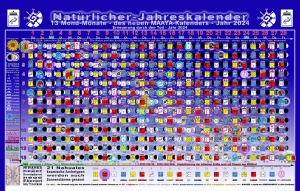
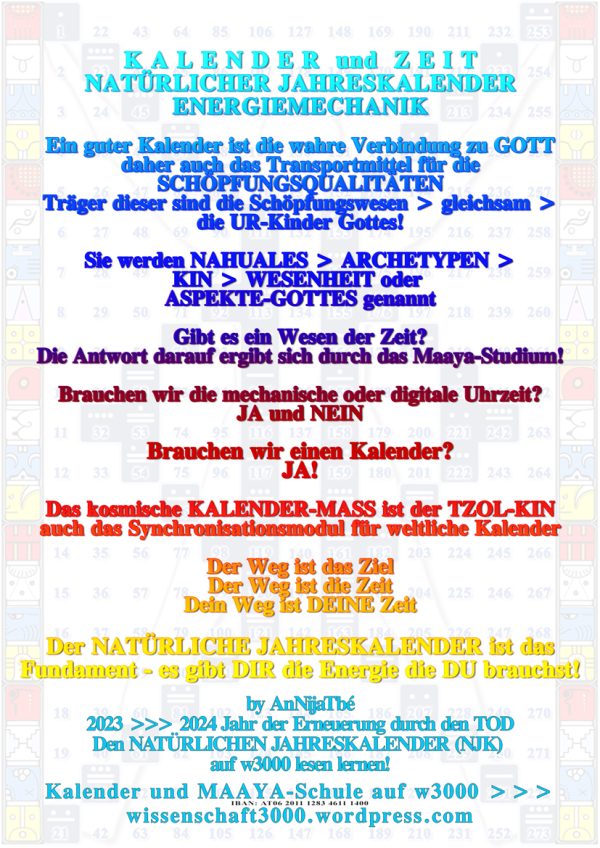








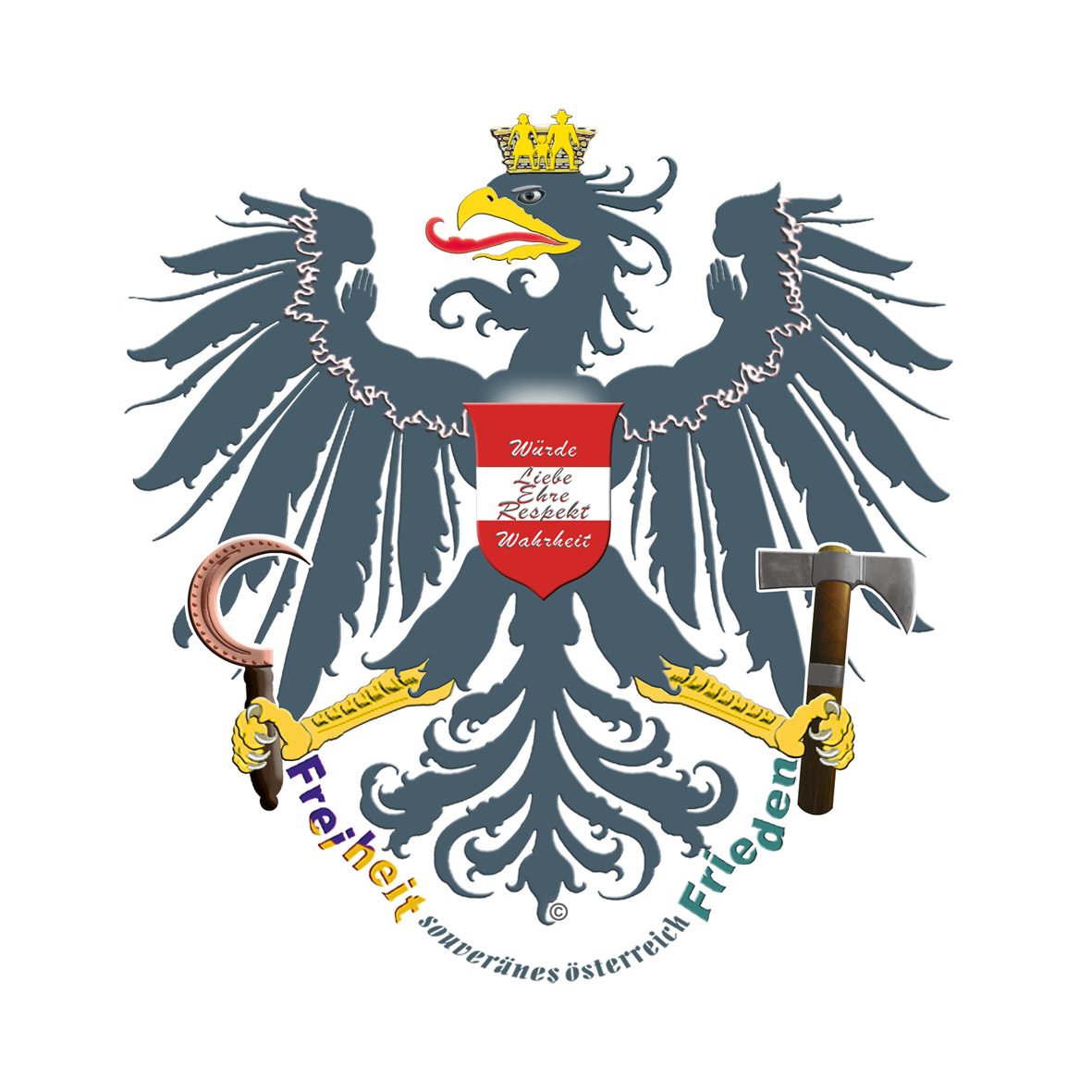

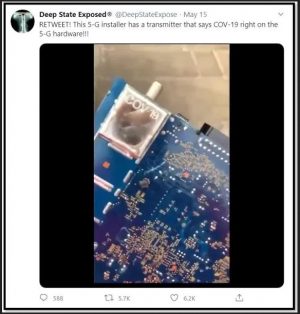























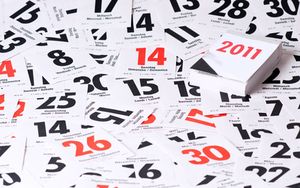

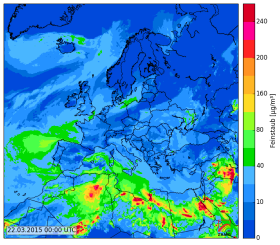






Ein Kommentar